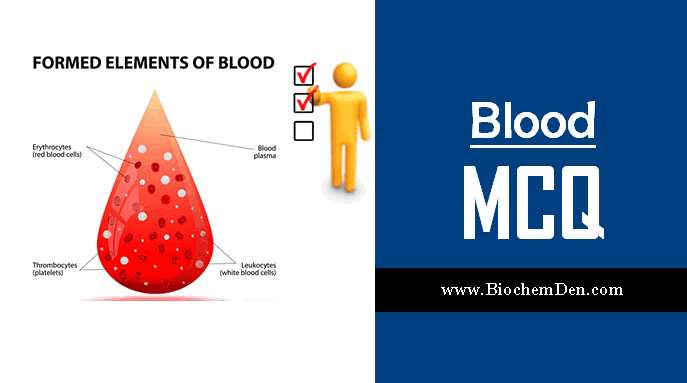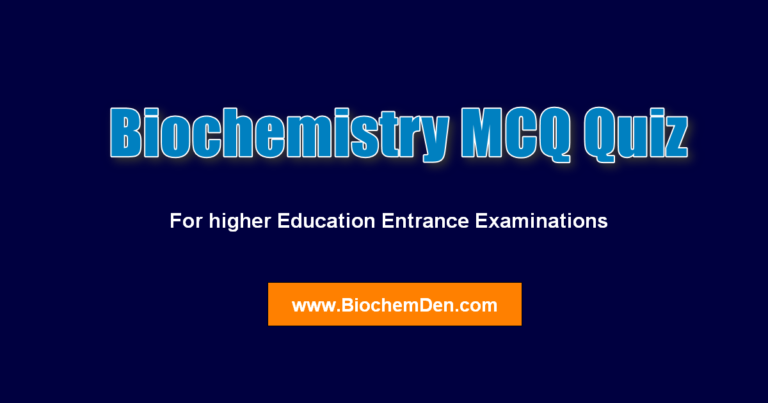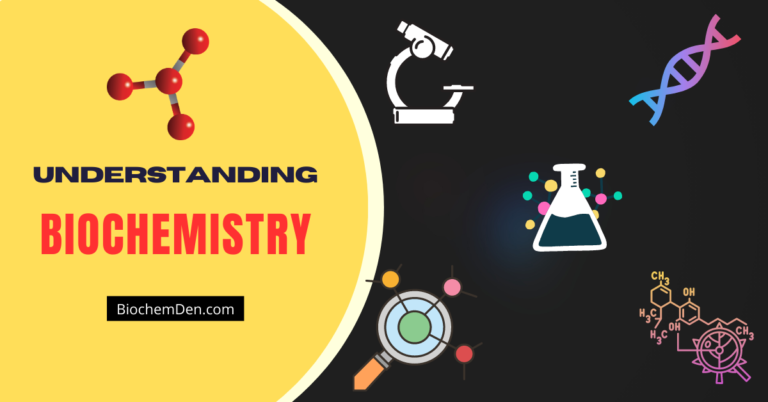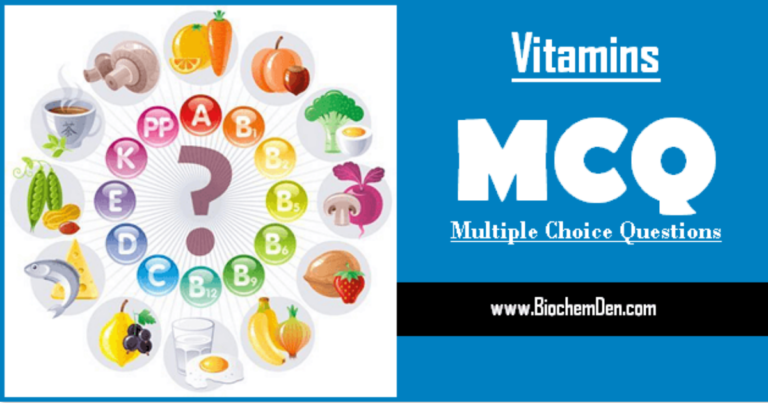Welcome to Biochemistry MCQ (Multiple Choice Questions) examinations zone. These questions are designed based on the Topic “Carbohydrates”. Recently I have posted one article on Carbohydrates and Biochemistry video lecture also. Before going to start this test please verify my previous biochemistry study materials in this blog.
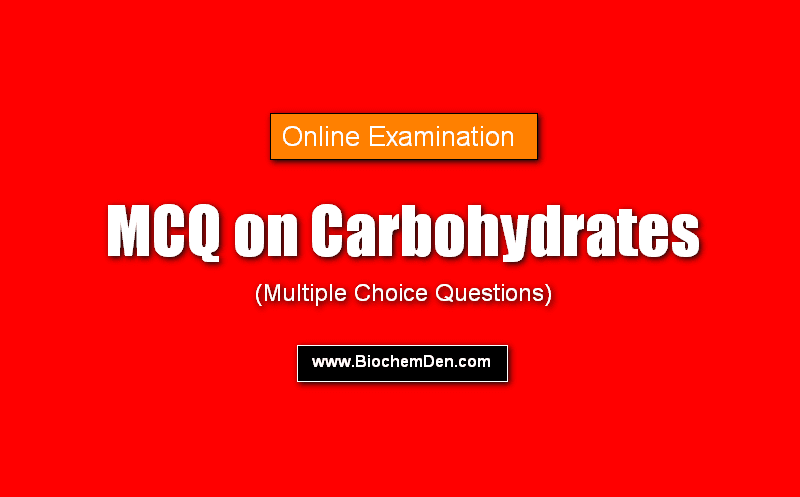
Carbohydrates MCQ Online Examination- Part 1
1. “Lobry de Bruyn Alberda Van Ekenstein transformation” is the reaction of ….
A. Glucose with mild alkali
B. Lactose with enzyme
C. Starch with iodine
D. Sucrose with dil acid
2. The red precipitate formed when glucose is heated with “Benedict’s reagent” is…
A. Cuprous hydroxide
B. Cupric oxide
C. Cupric hydroxide
D. cuprous oxide
3. One of the following will answer the “Molisch test”…
A. Protein
B. Mucoproteins
C. Lipids
D. Flavoproteins
4. Majority of the monosaccharides found in the human body are of …
A. DL-types
B. L-type
C. D-type
D. None of the above
5. Digitonin is a ….
A. Glycoside
B. Lipid
C. Protein
D. Alkaloid
6. One of the following does not have Sulfuric acid groups…
A. Heparin
B. Chondroitin sulfate
C. Hyaluronic acid
D. Kerato sulfate
7. Simplest carbohydrate is ….
A. Glyceraldehyde
B. Gulose
C. Glucose
D. Dihydroxyacetone
8. The following Sugar exhibits inversion of optical rotation on heating with dilute acid ….
A. Fructose
B. Lactose
C. Sucrose
D. Glucose
9. Fermentation is the degradation of complex organic substances into simpler ones by the activity of living cells through the agency of ….
A. Acid
B. Oxidizing substances
C. Enzymes (Zymase)
D. Alkali
10. “Concept of tetrahedral carbon atom” is first introduced by …
A. Tarnet
B. Van’t Hoff and Le Bel
C. Bayer
D. None of the above
11. The reagent used for distinguishing a reducing monosaccharide from a reducing disaccharide is …
A. Fehling’s reagent
B. Selwinoff’s reagent
C. Benedict’s reagent
D. Barfoed’s reagent
12. The undermentioned compound is an acid mucopolysaccharide….
A. Dicumarol
B. Glycogen
C. Hyaluronic acid
D. EDTA
13. In carbohydrates special functional groups are present in the given following:
A. Aldehyde & Ketone groups
B. Carboxyl groups & Others
C. Alcohol & Carboxyl groups
D. Hydroxyl groups & Hydrogen groups
14. The end product of hydrolysis of “Starch” by amylase is …
A. Maltose
B. Dextrins
C. Soluble starch
D. Glucose
15. One of the following has reducing properties…
A. Glucaric acid
B. Glucuronic acid
C. Mucic acid
D. Gluconic acid
16. Which biomolecules simply refer as “Staff of life” in the given….
A. Protein
B. Lipids
C. Vitamins
D. Carbohydrate
17. Example for “Fructosan” is ……..
A. Chitin
B. Cellulose
C. Starch
D. Inulin
18. Turanose is …
A. a deoxy sugar
B. Reducing disaccharides of glucose and fructose
C. Non reducing disaccharide
D. 7-methyl sugar
19. Examples of Epimers….
A. Glucose, Galactose, and Mannose
B. Mannose & Fructose
C. Glucose & Ribose
D. Gulose & Galactose
20. Fructose and Glucose can be distinguished by …
A. Fehling’s reagent
B. Selwinoff’s reagent
C. Benedict’s reagent
D. Barfoed’s reagent
Useful links:
Discover more from Biochemistry Den
Subscribe to get the latest posts sent to your email.

